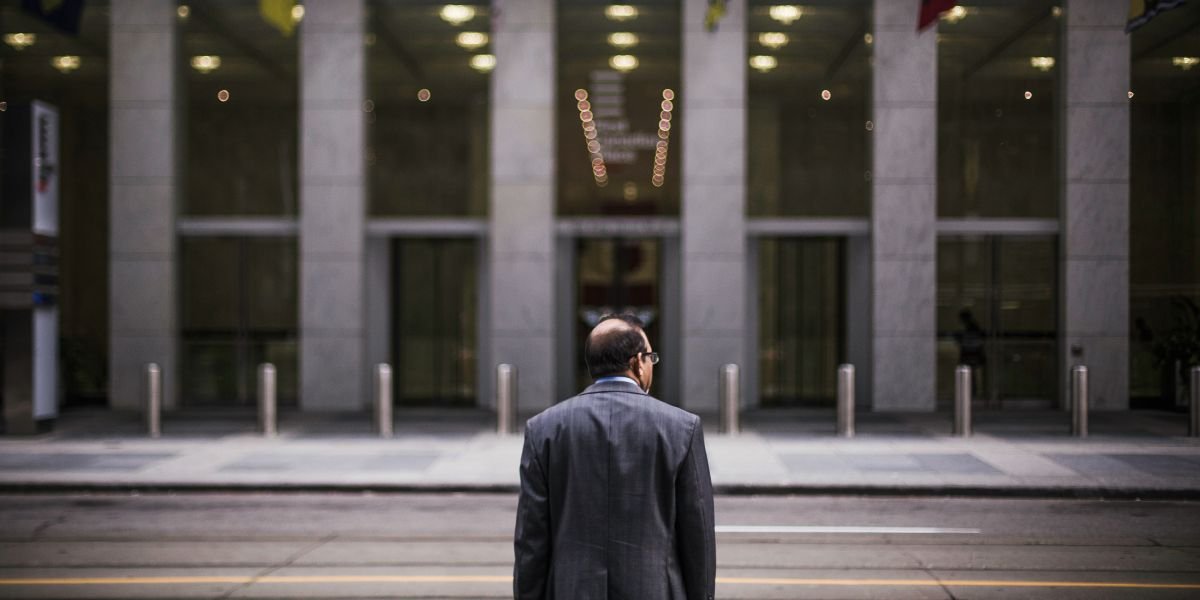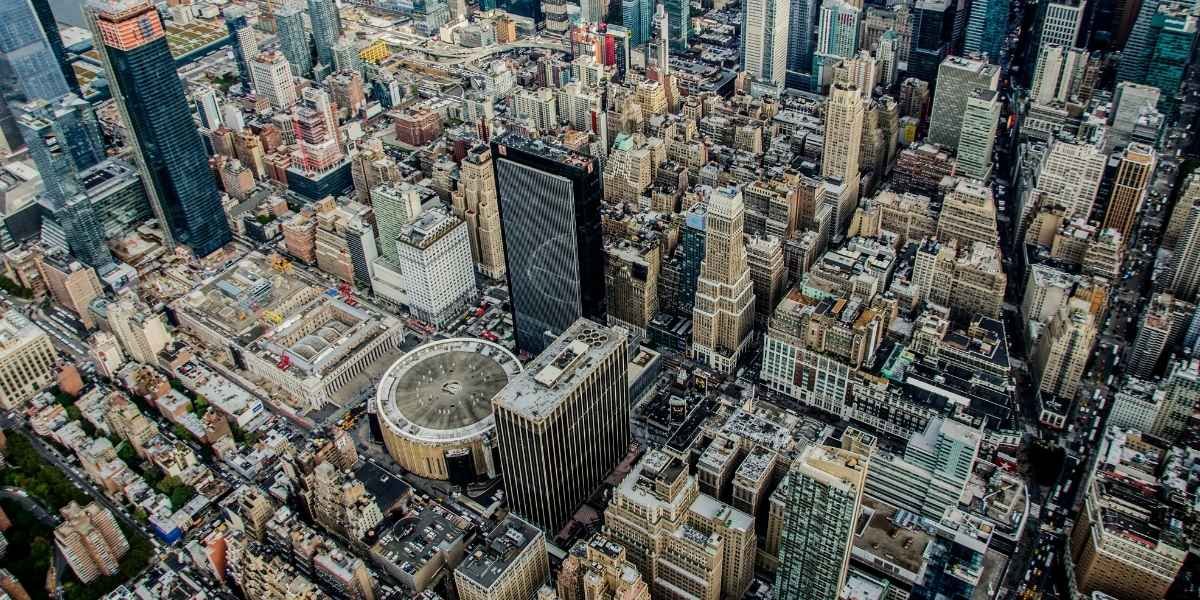Most Attended Event in the World
Some events captivate global attention, drawing millions of people from around the world to celebrate, witness, or participate. These gatherings become more than just events—they become cultural phenomena, unforgettable experiences, and records of human connection. The event industry has seen many major occasions that have broken attendance records, but one stands out as the most attended event in the world: the Kumbh Mela in India.
Read Also: How Much Does It Really Cost to Produce a Huge Concert?
What Is the Kumbh Mela?
The Kumbh Mela is a massive Hindu festival that takes place every 12 years at one of four pilgrimage sites in India. It is a religious gathering where millions of Hindus gather to bathe in sacred rivers, including the Ganges, Yamuna, and Godavari, as they believe it cleanses them of their sins and allows them to attain spiritual liberation. This festival, steeped in tradition, has been celebrated for over 2,000 years and continues to grow in size with each iteration.
Held in four locations—Haridwar, Allahabad (Prayagraj), Ujjain, and Nashik—the Kumbh Mela rotates between these cities. The central element of the event is the ritual of “shahi snan” (royal bath), during which millions of devotees gather at the riverbanks to take part in the purification process. But the Kumbh Mela is more than just a religious gathering; it’s a cultural spectacle with religious sermons, music, spiritual leaders, and an immense display of devotion.
How Many People Attend the Kumbh Mela?
While the attendance of the Kumbh Mela can vary slightly depending on the year, it regularly surpasses any other event in the world in terms of sheer numbers. The 2013 Kumbh Mela at Prayagraj (Allahabad) set the record with an astounding 120 million people attending over the course of a month-long celebration. The event takes place in phases, with specific dates marking the most auspicious times for the holy bath, bringing together devotees in staggering numbers.
To put this into perspective, this is more than the population of many countries. Even the Olympic Games, World Cups, or other large-scale gatherings pale in comparison to the magnitude of the Kumbh Mela.
What Makes the Kumbh Mela So Special?
The overwhelming attendance of the Kumbh Mela isn’t just about the religious significance—it is also a symbol of unity, devotion, and faith. People travel from the farthest corners of India and even across the globe to take part in the event, often bringing their families with them. The act of bathing in the holy rivers is considered a once-in-a-lifetime event for many, cementing its deep spiritual and cultural importance.
The festival itself is deeply rooted in Hindu mythology, with the Kumbh Mela believed to have been established after a divine nectar, the “amrit,” was spilled during a celestial struggle. This makes the event a celebration of both cosmic history and earthly faith. The connection between the event and the broader cosmic events gives it a sense of universality—an intersection of belief, culture, and identity.
How Does the Kumbh Mela Compare to Other Large-Scale Events?
When comparing the Kumbh Mela to other events around the world, it’s clear that there is no direct competition in terms of attendance. Some of the world’s most popular events like the FIFA World Cup, the Olympic Games, or even major music festivals like Glastonbury attract millions of people, but none come close to the numbers seen at the Kumbh Mela.
For instance, the FIFA World Cup is one of the largest global sporting events, bringing together fans from all over the world to celebrate soccer. The record for the most spectators for a single event (in a stadium) is held by the 1950 World Cup final match in Rio de Janeiro, Brazil, with an attendance of 199,854 people. This, however, is small in comparison to the Kumbh Mela, which sees millions gathering not just for a single match, but over several days, weeks, and locations.
Similarly, major religious festivals like Hajj, the pilgrimage to Mecca in Saudi Arabia, attract millions of worshippers each year. The Hajj sees about 2 million attendees at its peak but still falls far behind the Kumbh Mela in terms of attendance for a single event.
The Logistics Behind the Kumbh Mela
Managing an event of this magnitude requires unparalleled logistics. Organizing the Kumbh Mela involves the coordination of millions of people, thousands of transportation systems, water and sanitation facilities, medical services, and security measures. It takes months of planning to ensure that the event runs smoothly.
During the Kumbh Mela, temporary cities are built around the festival locations, offering shelter, food, and sanitation services. Thousands of volunteers work around the clock to keep the event safe, clean, and organized. The local police and military are often called in to assist with crowd control and safety measures, ensuring that the experience remains peaceful despite the immense crowd size.
The infrastructure around the Kumbh Mela also includes expansive tents for religious discourse, exhibition spaces for cultural performances, and medical camps for emergency care. The scale and complexity of managing the event, particularly in terms of infrastructure, are staggering, and it is a feat of logistical achievement.
What Are Other Major Events That Draw Huge Crowds?
While the Kumbh Mela stands as the largest event in terms of attendance, there are several other events around the world that consistently draw millions of attendees:
-
Carnival in Rio de Janeiro: Brazil’s iconic celebration attracts around 2 million people each day during the five-day event, with samba parades and street parties.
-
Oktoberfest in Munich: The world’s largest beer festival draws nearly 6 million visitors annually, eager to enjoy Bavarian culture and festivities.
-
Chinese New Year Celebrations: Held across China and in various global locations, these festivities are attended by hundreds of millions of people, with parades, fireworks, and cultural performances.
While these events are massive in scale, none come close to the sheer magnitude of the Kumbh Mela, making it the undisputed champion of attendance.
Read Also: The Appeal of Live Action Role-Play (LARP)
Why Do People Travel to These Massive Events?
The draw of massive events like the Kumbh Mela goes beyond the spectacle. These events are often deeply rooted in culture, faith, and identity. They represent opportunities for people to connect with their communities, engage in shared experiences, and partake in something larger than themselves.
Whether it’s the Kumbh Mela, the FIFA World Cup, or Carnival in Rio, these gatherings offer moments of unity, belonging, and collective celebration. They remind us that the world is full of diverse, but deeply interconnected, experiences—each offering a unique form of connection to culture, heritage, and tradition.








